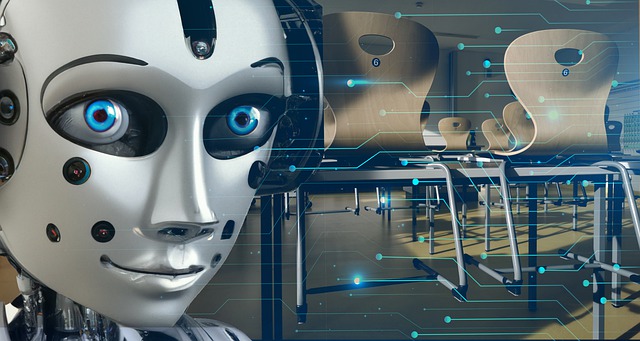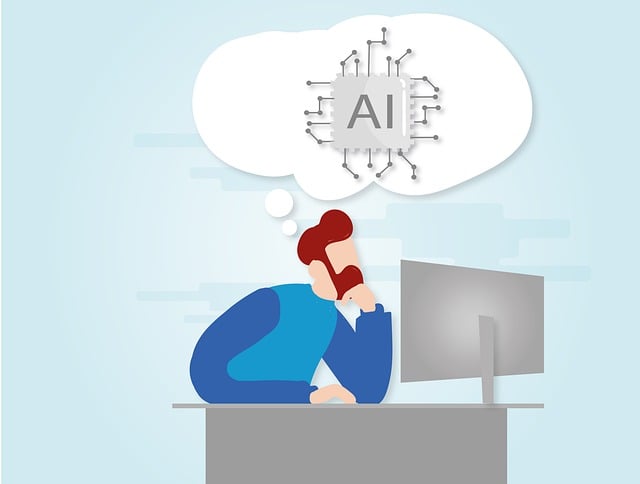AI in Education: Exploring the Possibilities
The integration of Artificial Intelligence (AI) into the educational system has the potential to revolutionize the way students learn and teachers teach. AI has already begun to make its presence felt in the education sector, with applications ranging from automated grading and personalized learning to virtual tutors and smart textbooks. In this article, we will explore the possibilities presented by AI in education and consider the potential implications for students, teachers, and the educational system as a whole.
The Benefits of AI in Education
One of the major benefits of AI in education is the ability to provide personalized learning experiences for students. AI-driven algorithms can be used to analyze data from a variety of sources, such as assessments, course materials, and student interactions, to provide tailored content and feedback. This can help to ensure that students are receiving the most appropriate instruction and support for their individual needs.
Another advantage of AI in the classroom is its potential to reduce the workload of teachers. AI-driven applications can be used to automate tasks such as grading and assessment, freeing up teachers to focus on more important tasks such as lesson planning and providing individualized support. AI can also be used to generate personalized learning plans for students, helping to ensure that they are receiving the most appropriate materials for their level and needs.
The Challenges of AI in Education
Although AI has the potential to revolutionize the educational system, there are a number of challenges that must be addressed before it can be fully integrated into the classroom. One of the major challenges is the need to ensure that AI-driven applications provide accurate and unbiased results. To do this, AI systems must be trained using large datasets that are free from bias and provide accurate information. This can be a difficult and time-consuming process, particularly for applications that are designed to provide personalized learning experiences.
Another challenge is the need to ensure that AI-driven applications are secure and safe for use in the classroom. AI systems are vulnerable to cyber-attacks, and if not properly secured, could be used to access sensitive student data or manipulate results. To ensure the safety of students and teachers, AI systems must be rigorously tested and monitored.
The Future of AI in Education
The potential of AI in education is vast, and its integration into the classroom is likely to continue to increase in the years to come. AI-driven applications are already being used to automate certain tasks and provide personalized learning experiences, and in the future, these applications are likely to become even more sophisticated. AI could be used to provide real-time feedback on student performance, generate personalized learning plans, and even create virtual classrooms where students can interact with each other and their teachers.
AI has the potential to revolutionize the way we teach and learn, and its integration into the educational system is likely to have a profound impact on students, teachers, and the educational system as a whole. While there are a number of challenges that must be addressed before AI can be fully integrated into the classroom, the potential benefits are too great to ignore. As AI continues to evolve, it is likely to become an increasingly important part of the educational system, and its integration into the classroom could lead to a revolution in the way we teach and learn.















